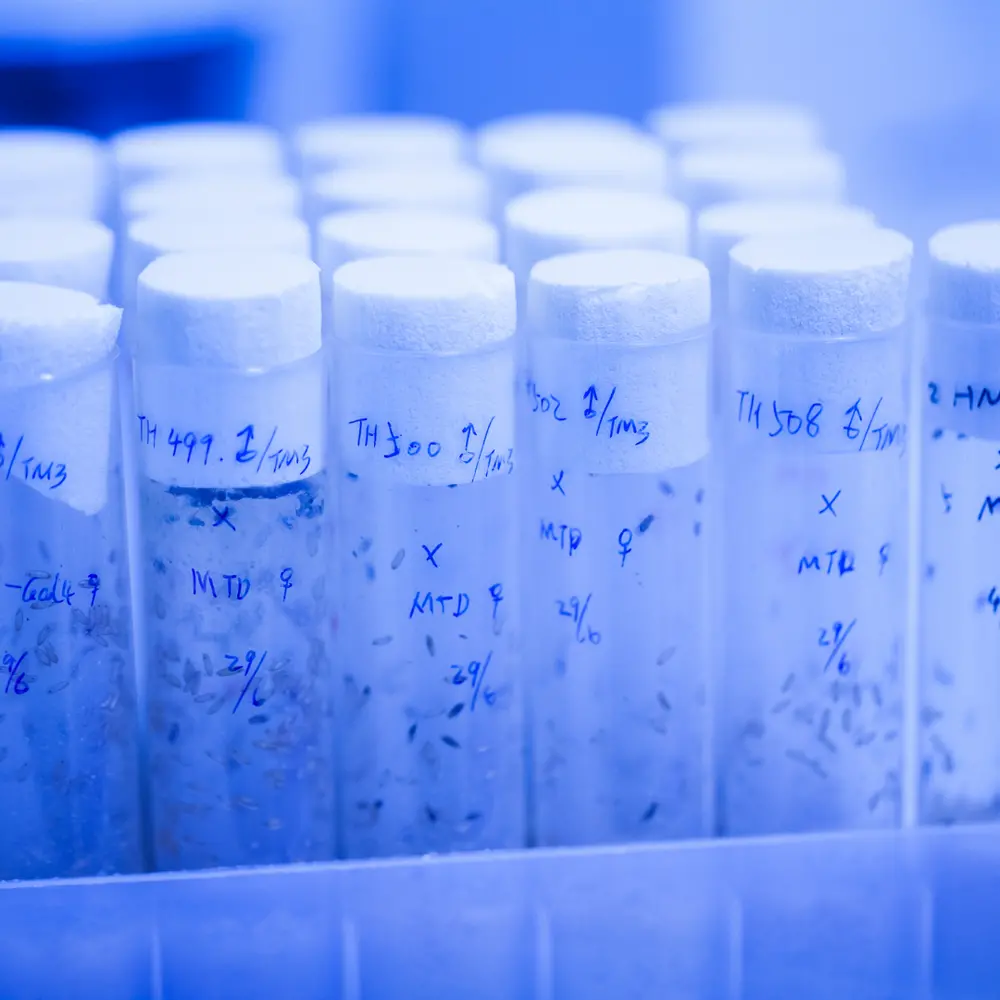
The Smith-Bolton laboratory uses genetically induced tissue damage in the Drosophila wing primordium to study how a tissue responds to damage and regenerates. A study by graduate student Keaton Schuster has identified a gene, taranis, that is essential for protecting cell fate during regeneration. The results are published in Developmental Cell.
When a tissue is extensively damaged, a variety of signal transduction pathways are activated that drive closure of the wound and initiation of regenerative growth. Schuster and Smith-Bolton show that one of these signaling pathways, Jun N-terminal Kinase (JNK) signaling, can cause unwanted side effects by misregulating cell fate genes such as engrailed, which specifies posterior identity. Taranis prevents misregulation of engrailed and preserves proper cell fate. In regenerating tissue with reduced Taranis levels or increased JNK signaling, posterior cells become anterior cells and the regenerated structure is malformed.